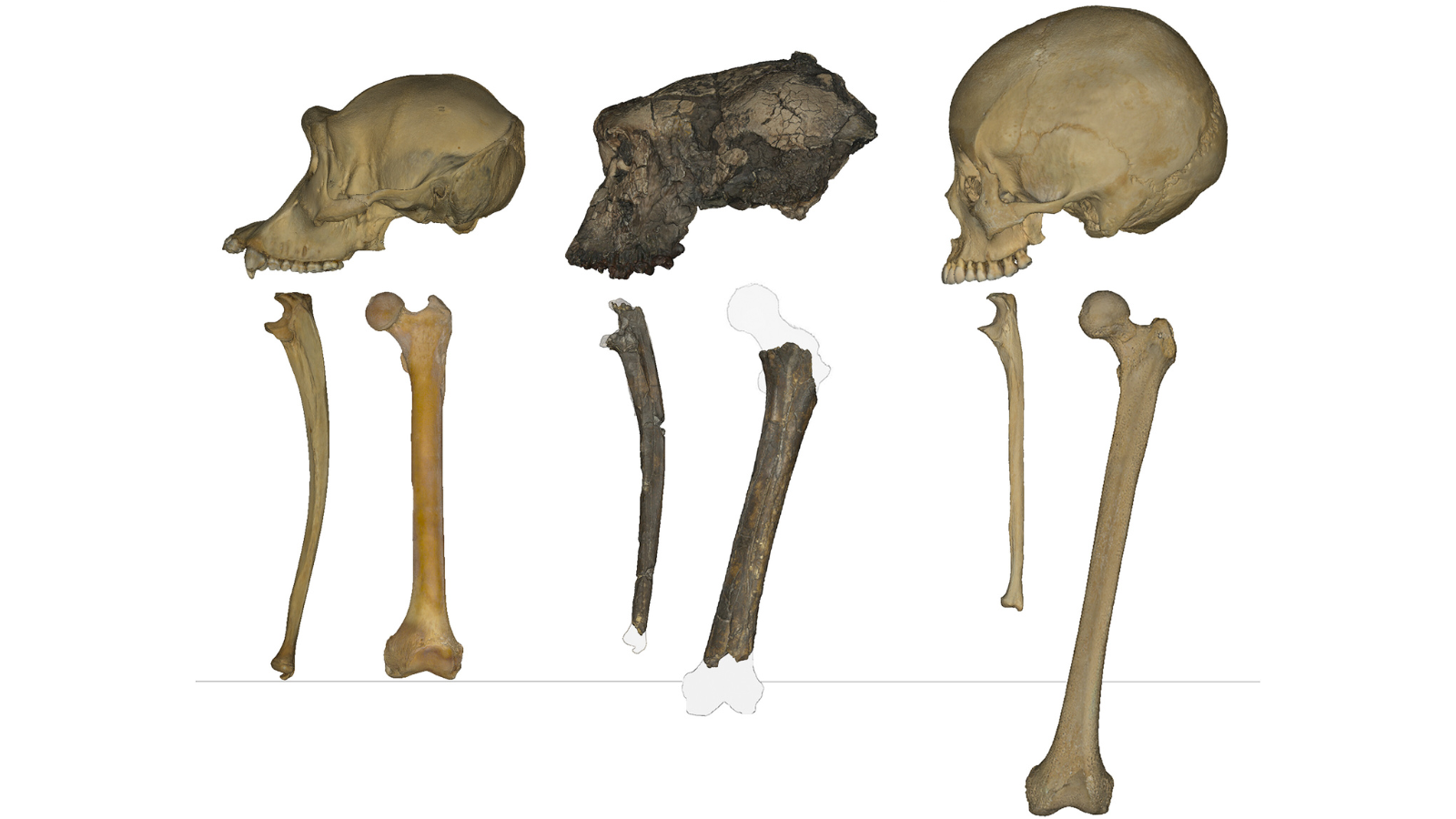Snowball Effect Fuels Arctic Meltdown

A pair of studies out this week along with other recent evidence suggests an observed meltdown of Arctic ice is snowballing into a situation that could leave the North Pole ice-free during summer in just a few decades.
A rapid annual retreat of ice is exposing the darker ocean, which absorbs more of the sun's energy and fuels increased melting of ice.
"I'm not terribly optimistic about the future of the ice," said Mark Serreze, a research professor at the University of Colorado at Boulder’s National Snow and Ice Data Center (NSIDC). "As greenhouse gases continue to rise, the Arctic will continue to lose its ice. You just can't argue with the physics."
Mass migration
In one study, scientists reported today that the continued warming of the Arctic Ocean is creating new pathways for zooplankton to move up to northern latitudes. Zooplankton are small floating organisms that drift with water currents and make up part of the food supply that most ocean life depend on.
Researchers aboard the vessel Maria S Merian just returned from the Arctic and confirmed warming trends.
"Compared to last summer, the water that flows from the Norwegian Sea [northward] to the Arctic has been an average 0.8 degrees Celsius [1.4 Fahrenheit] warmer this summer," said expedition leader Ursula Schauer of the Alfred Wegener Institute for Polar and Marine Research. "This is in addition to the last two years already having been warmer than the previous 20 from which we have regular measurements."
Get the world’s most fascinating discoveries delivered straight to your inbox.
Zooplankton originally from the Norwegian Sea were previously unrecorded in the northern latitudes where they were spotted this summer. Warmer water allowed them to move north, the researchers said.
For a month, researchers tracked warm waters along the sea-ice margin between Greenland and Spitsbergen—the largest island in the Svalbard archipelago in the Arctic Ocean. Because the sea-ice margin was far north this summer, the Maria S Merian reached its northernmost position ever.
A separate study announced last month revealed that unprecedented cracks in polar ice extended all the way to the North Pole.
No ice by 2060
In another new study out yesterday, researchers noted that the Arctic sea ice minimum—the lowest amount of ice recorded in the area annually during the summer melt season—reached its fourth lowest on record on Sept. 14 in 29 years of satellite record-keeping.
The ice has been declining at about 8.6 percent per decade, or at about 23 million square miles per year—an area more than half the size of Ohio, said Serreze, the CU-Boulder scientist.
The pattern of decreasing ice due to rising temperatures is probably caused by greenhouse warming, the researchers said.
The record low that occurred in 2005 was 20 percent lower than the average ice extent from 1978 to 2001. In 2005 the ice decreased about 500,000 square miles in area, almost twice the size of Texas.
The 2006 low is about 400,000 square miles less than the average.
"At this rate, the Arctic Ocean will have no ice in September by the year 2060," said Julienne Stroeve, a researcher with CU-Boulder’s NSIDC. "The loss of summer sea ice does not bode well for species like the polar bear, which depend on the ice for their livelihood."
Other projections in recent months have also suggested the Arctic could eventually become ice-free in summer.
Snowball effect
Higher-than-normal winter temperatures of the Artic in the past couple of years led to limited ice growth. And most of the ice that formed was thinner than normal. So when temperatures are higher than normal in summer, the ice melts faster than it would have were it thicker.
A snowball effect is in place.
"Melting ice means more of the dark ocean is exposed, allowing it to absorb more of the sun's energy, further increasing air temperatures, ocean temperatures, and ice melt," said Ted Scambos, a scientist from CU-Boulder. "It seems that this feedback, which is a major reason for the pronounced effects of greenhouse warming in the Arctic, is really starting to kick in."
According to the study, average air temperatures from January to July 2006 in most of the Arctic were 2 to 7 degrees warmer than the average over the past 50 years.
- Meltdown: Ice Cracks at North Pole
- VIDEO: Goldilocks and the Greenhouse
- Warmer Winters Cause Remarkable Loss of Arctic Sea Ice
- Taller Mountains Blamed on Global Warming, Too
- Glaciers Disappear in Before & After Photos
- Images: Earth through the Seasons
Hot Topic
What makes Earth habitable? This LiveScience original video explores the science of global warming and explains how, for now, conditions here are just right.
The Controversy
- Global Warming or Just Hot Air? A Dozen Different Views
- Global Warming Differences Resolved
- Conflicting Claims on Global Warming and Why It's All Moot
- Baffled Scientists Say Less Sunlight Reaching Earth
- Scientists Clueless over Sun's Effect on Earth
- Greenhouse Gas Hits Record High
- Key Argument for Global Warming Critics Evaporates
The Effects
- Seas Rise
- More Wildfires
- Deserts to Grow
- Greenland Melts
- Mountains Grow
- Ground Collapses
- Glaciers Disappear
- Allergies Get Worse
- Summer Gets Longer
- Animal DNA Changing
- Animals Change Behavior
- Rivers Melt Sooner in Spring
- Increased Plant Production
- Hurricanes Get Stronger
- Some Trees Benefit
- Lakes Disappear
The Possibilities
- More Rain but Less Water
- Ice-Free Arctic Summers
- Overwhelmed Storm Drains
- Worst Mass Extinction Ever
- A Chilled Planet
Strange Solutions
 Live Science Plus
Live Science Plus







